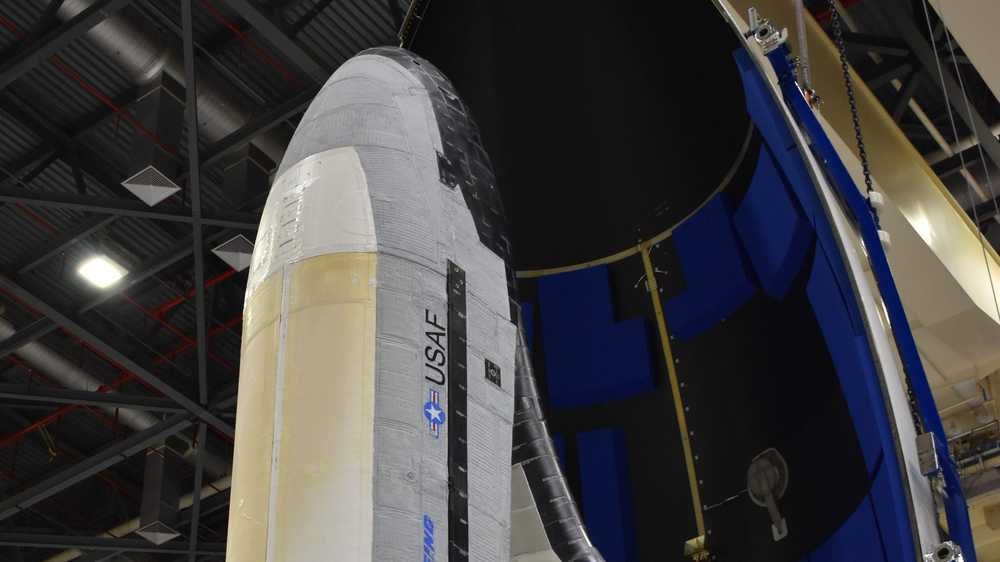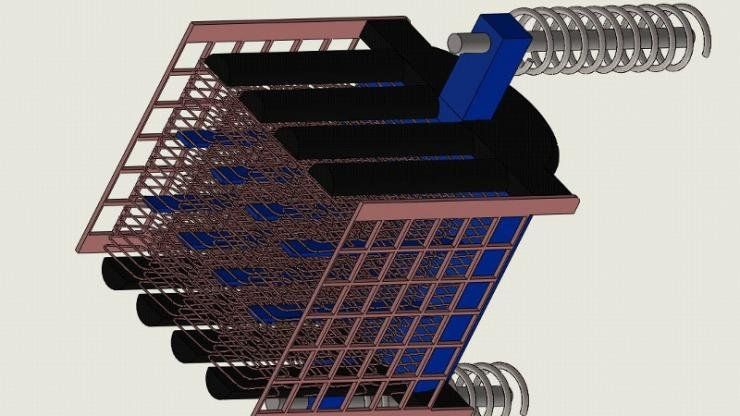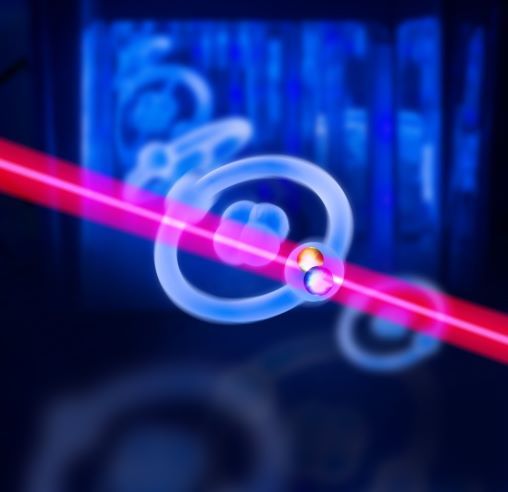If schedules hold, United Launch Alliance and SpaceX will highlight this weekend with back-to-back rocket launches, a cadence rarely seen on the Space Coast.
First on the Space Force’s calendar is X-37B, a secretive Department of Defense spaceplane that stays in orbit years at a time, testing new systems and capabilities. The 29-foot vehicle will fly on an Atlas V rocket between 6:30 a.m. and 11 a.m. Saturday, though an exact time has not yet been released due to security concerns. Launch Complex 41 will host the attempt.
Though most of the spaceplane’s capabilities are classified, the Space Force said the mission known as Orbital Test Vehicle 6 will host more experiments than ever before. Some of those include testing radiation’s effects on seeds, transforming solar power to transmissible microwave energy, and how space affects different kinds of materials.







